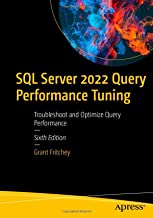Get the most out of SQL Server Agent logs
If you haven’t migrated your workloads to a managed database platform yet, you’re probably still relying on SQL Server Agent for various maintenance and other scheduled tasks. Most of the time, these processes just work. But when it’s time to troubleshoot, it can be cumbersome to get to the root of some problems.
2024-04-17





 B:
B: 